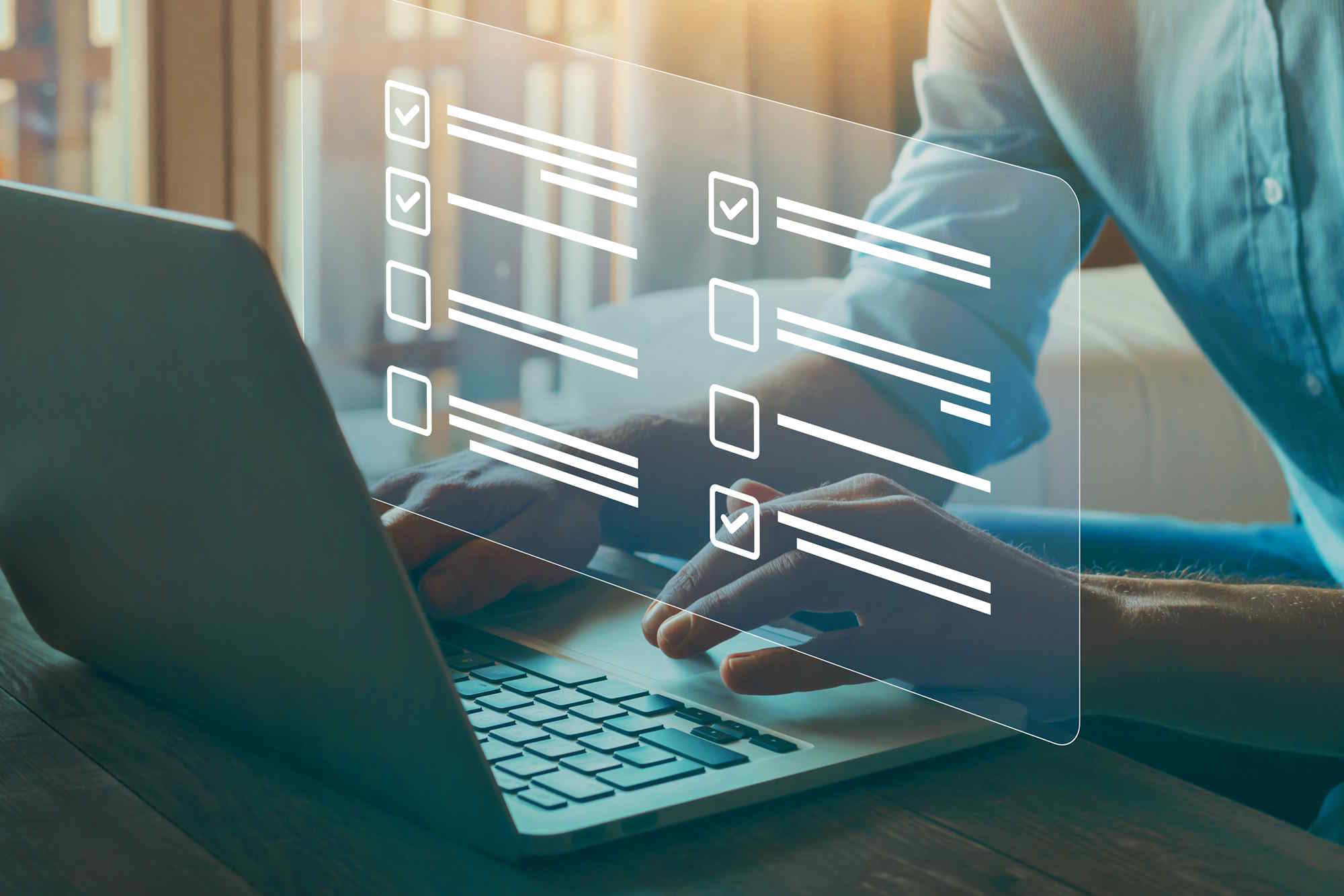RAWeb, a framework that really includes everything
The new framework extends the RGAA to fully meet European requirements.
Thursday, February 8, 2024
After a framework dedicated to mobile applications (RAAM) published in 2021, then another dedicated to PDF documents (RAPDF) last year, now comes the brand new RAWeb (Référentiel d'évaluation de l'Accessibilité Web). Has the fever for framework taken hold of the Information and Press Service? Why abandon a well-established framework? We'll explain everything in just three minutes, timed.
The Référentiel Général d'Amélioration de l'Accessibilité Web (RGAA), developed by DINUM, is well known to digital accessibility experts in France and Luxembourg. It incorporates the Web Content Accessibility Guidelines 2.1, published by the W3C and known as WCAG 2.1. The RGAA transcribes each criterion in the form of operational tests, to make it clearer, more intelligible and more accessible to developers, auditors, referrers and accessibility experts.

There is one pitfall in this panorama: in the European Union, the benchmark for digital accessibility is standard EN 301 549, the current version of which (3.2.1) has been in force since March 2021. This European standard incorporates WCAG 2.1, so it has been possible to establish a concordance between each WCAG / RGAA / EN 301 549 criterion.
The European standard is not just about the web
But the European standard goes beyond the scope set by the authors of WCAG. Here are a few examples of areas that are not covered by either the WCAG or the RGAA:
- Is it as easy to activate captions in a video as it is to pause it?
- Does an identification based on biological characteristics offer an alternative method?
- Does an editing tool make it possible to create accessible content? Does it guide the user in doing so? Does it offer correction aids?
- When a file is converted from one format to another, is its accessibility information preserved?
- Is the video quality of an application offering remote communication sufficient (in particular to enable deaf people to read lips)?
The standard is not confined exclusively to the web, but defines criteria that can be applied (or not) to any type of interface.
The SIP decided to keep the RGAA in its entirety and add the criteria that were missing. In addition to the original 106 criteria, the new RAWeb framework now includes 30 criteria that meet all the requirements of the European standard.
These 30 criteria are broken down as follows:
- The "Multimedia" theme has received five new criteria (4.14 to 4.18);
- The "Consultation" theme has received two new criteria (13.13, 13.14);
- Four new themes ("Documentation and accessibility features", "Editing tools", "Help desk services" and "Real-time communication") have received three, six, two and eleven new criteria respectively.
Will this change the lives of auditors and developers?
No.
Apart from a few essentially multimedia-oriented criteria and the "Help desk" theme, the vast majority of the newcomers will apply in very specific contexts. They will therefore rarely be considered as part of a web audit.
In the future, the next evolutions of the RGAA will continue to be integrated into RAWeb.
The simplified audit method remains unchanged, based on the same test criteria.
RAAM, which is dedicated to the accessibility of mobile apps, contains the criteria required by the European standard from the outset.
2024 is the launch year for the new RAWeb, the year in which it will be applied, particularly as part of the comprehensive audit campaign. Over the coming weeks, we invite you to share your feedback with us, by sending a message to accessibilite@sip.etat.lu or on the project's GitHub repository.
